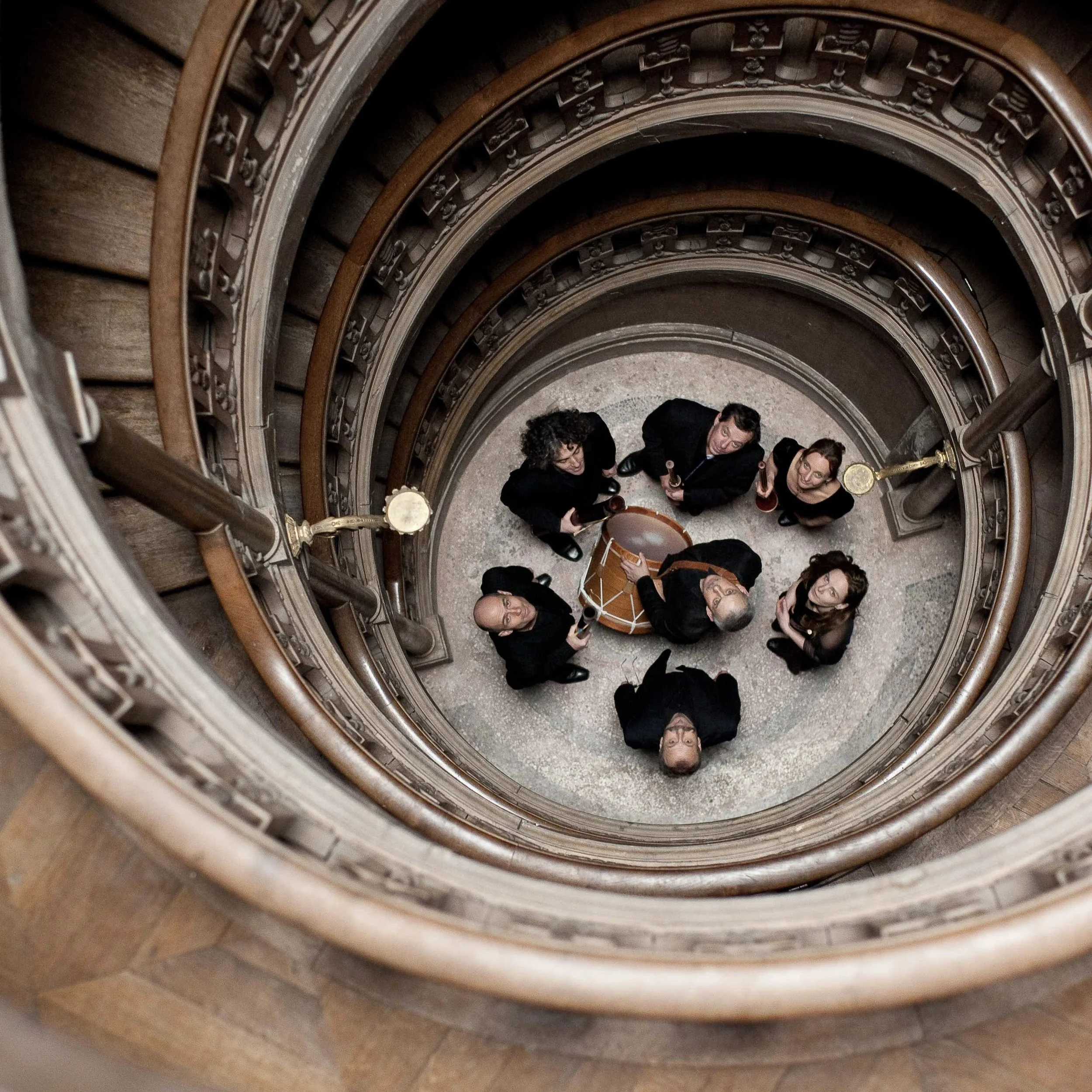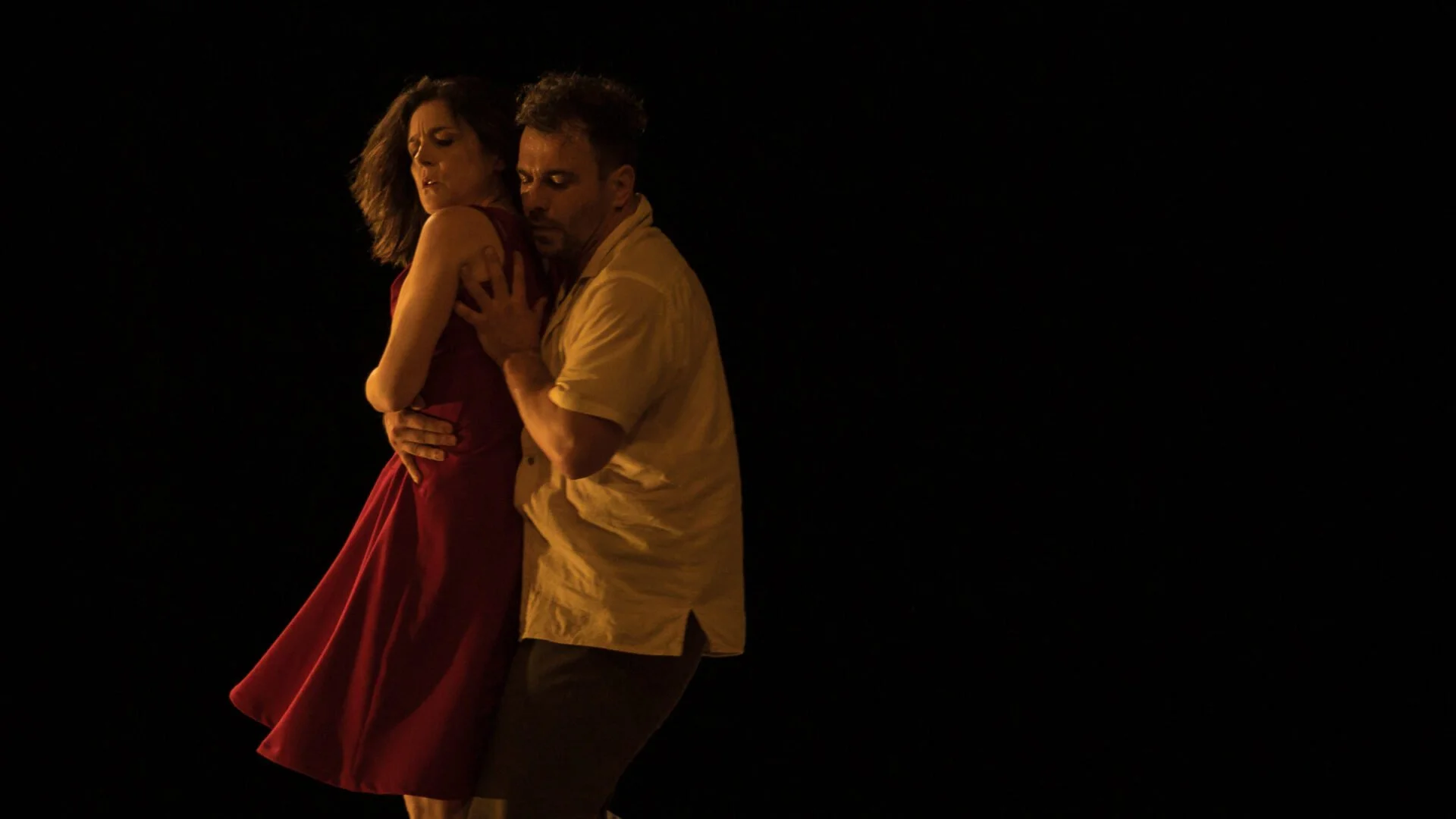Dance review: Co.ERASGA's Offering serves up serene solos for an unsettled time
Ritual and strange rites in an anniversary work showcasing next-gen talent
From left, Alvin Erassga Tolentino, Marc Arboleda, and Marissa Wong. Photos by Yasuhiro Okada
THE 20TH ANNIVERSARY show for Alvin Erasga Tolentino’s Co.ERASGA was a subdued celebration this weekend, thanks to pandemic lockdown. But the Vancouver artist’s serene, flowing style felt apt for these times, displayed in six abstract solos.
Befitting the title Offering, the mood of the filmed dances was meditative. And though they showcased a diverse array of performers, the pieces emphasized the signature vocabulary Tolentino has developed over two decades. The instantly recognizable Tolentino touches were there: the swivelling, arching spines; the straight, outstretched arms that morph instantly to soften and undulate; and the grounded squats and lunges.
There’s always been a sense of ritual to Tolentino’s work, never more so than in Offering, a piece that sought to build each work like a dancer’s prayer or private ceremony to heal our unsettled times.
Over the years, Tolentino has added drama to his dance with prominent props and set pieces: giant bunches of raffia, traditional Southeast Asian woven malongs, and thousands of neon rubber bands. But here, the choreography was stripped to its essence, and while it might not have pleased the Tolentino fans drawn to more visual spectacles like Unwrapping Culture and Colonial, Offering had a different kind of appeal.
The only added elements here were silk costumes by Meagan Woods, with their jagged arm pieces, diagonal lines, and flowing skirts and skorts, and the angular and edgily atmospheric electroacoustic score by Tolentino’s longtime musical collaborator Emmanuel Mailly.
Highlights included the chance to see three striking emerging Filipino-Canadian male dancers: Joshua Ongcol brought some of the athleticism of street-dance handstands and popping-and-locking to Erasga’s fluid motion; Antonio Somera arched backward over and over, his spine turning to liquid; and Marc Arboleda circled the space, rolling his shoulders like they’d detached from their sockets, his fingers later reaching frantically in the air for elusive enlightenment.
Sheathed in gold, Marissa Wong nailed the strange power of her solo. She bent her knees and balanced on them on the floor, pivoting her joints and moving around like some mysterious insect goddess. Like the other dancers, she seemed to be negotiating with some higher, unseen force.
At other times, the dancers found freedom through ritualistic release, Molly McDermot and Olivia Shaffer turning, whirling, and tossing their bodies around the stage.
And in the middle of it all, out of the darkness, appeared Tolentino himself, hands raised and fingers articulated in mudras. In a mysterious rite, he doubled over and whipped back up, over and over with the power and steadiness of a pendulum, disappearing back into the dark again.
While many of the vignettes captured humans trying to transcend the constraints of this world, more than a few ended with the dancer collapsing from the effort. Tolentino's intimate rituals may not be able to summon a solution to the world's problems right now, but for an hour at least, they offered the respite of calm.
















